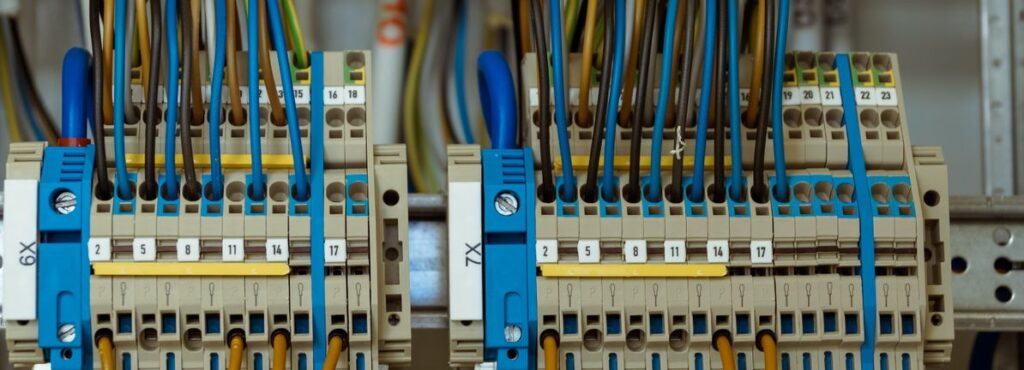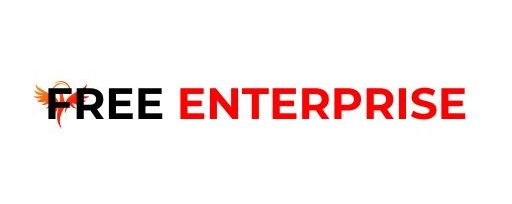
<!-- HTML_TAG_START -->NasdaqGM:ULBI Earnings Per Share Growth December 23rd 2024<!-- HTML_TAG_END -->
We can readily understand why investors are attracted to unprofitable companies. For example, although Amazon.com made losses for many years after listing, if you had bought and held the shares since 1999, you would have made a fortune. But while the successes are well known, investors should not ignore the very many unprofitable companies that simply burn through all their cash and collapse.
So, the natural question for Ideal Power (NASDAQ:IPWR) shareholders is whether they should be concerned by its rate of cash burn. For the purposes of this article, cash burn is the annual rate at which an unprofitable company spends cash to fund its growth; its negative free cash flow. Let’s start with an examination of the business’ cash, relative to its cash burn.
See our latest analysis for Ideal Power
You can calculate a company’s cash runway by dividing the amount of cash it has by the rate at which it is spending that cash. As at September 2024, Ideal Power had cash of US$19m and no debt. Importantly, its cash burn was US$8.7m over the trailing twelve months. That means it had a cash runway of about 2.1 years as of September 2024. Arguably, that’s a prudent and sensible length of runway to have. The image below shows how its cash balance has been changing over the last few years.
In our view, Ideal Power doesn’t yet produce significant amounts of operating revenue, since it reported just US$142k in the last twelve months. As a result, we think it’s a bit early to focus on the revenue growth, so we’ll limit ourselves to looking at how the cash burn is changing over time. With the cash burn rate up 15% in the last year, it seems that the company is ratcheting up investment in the business over time. However, the company’s true cash runway will therefore be shorter than suggested above, if spending continues to increase. Admittedly, we’re a bit cautious of Ideal Power due to its lack of significant operating revenues. We prefer most of the stocks on this list of stocks that analysts expect to grow.
Given its cash burn trajectory, Ideal Power shareholders may wish to consider how easily it could raise more cash, despite its solid cash runway. Companies can raise capital through either debt or equity. Many companies end up issuing new shares to fund future growth. By looking at a company’s cash burn relative to its market capitalisation, we gain insight on how much shareholders would be diluted if the company needed to raise enough cash to cover another year’s cash burn.




